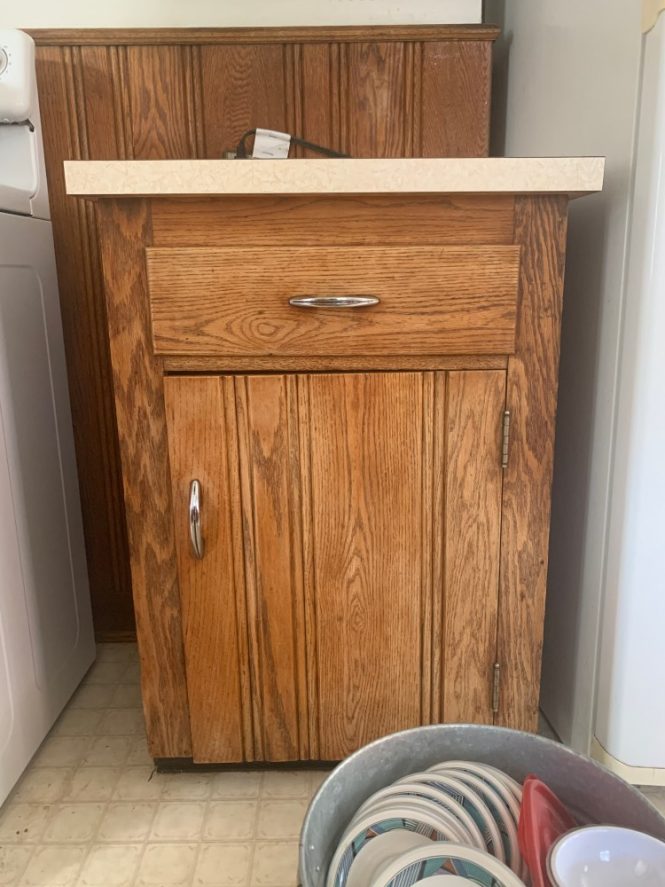

Restoring faded cabinet finishes can significantly enhance the look and feel of your kitchen or bathroom. Imagine transforming those tired, worn-out cabinets into gleaming, beautiful pieces, instantly boosting your home’s appeal and value. This comprehensive guide will equip you with the knowledge and techniques to tackle this rewarding project. We’ll explore the common causes of cabinet fading, discuss the best restoration techniques, and provide step-by-step instructions for successfully restoring your cabinets. We’ll also discuss various methods, from simple touch-ups to complete refinishing projects, and outline the tools and supplies you’ll need for each approach. The article will also offer insights into choosing the perfect refinishing product and maintenance strategies for long-lasting results.
Understanding the Causes of Faded Cabinet Finishes
Identifying the Culprits
Faded cabinet finishes can stem from a multitude of factors, from everyday wear and tear to environmental impacts. Exposure to moisture, direct sunlight, and fluctuating temperatures can contribute significantly to finish degradation. Over time, dirt, grime, and spills can accumulate, leading to a dull, faded appearance. Poor maintenance and a lack of regular cleaning practices can also accelerate the fading process. Further, the initial quality of the finish can play a crucial role. Less durable finishes will naturally fade or require more frequent touch-ups compared to higher quality finishes. A professional assessment can pinpoint the root causes of fading.
Choosing the Right Restoration Method
Evaluating the Situation
The chosen method for restoring faded cabinet finishes hinges heavily on the extent of the damage. For minor imperfections and small areas of fading, a simple touch-up might suffice. If the entire surface has experienced significant degradation, more involved techniques like sanding or complete refinishing may be required. Assess the overall condition of the cabinets to decide the appropriate course of action. This can range from using specialized cabinet cleaners to completely refinishing with new paint or varnish. The material of your cabinets will also influence the best restoration method. For example, wood cabinets might respond well to staining, while laminate cabinets might require a different approach.
Preparing the Cabinets for Restoration
Creating a Clean Slate
Thorough preparation is crucial for a successful restoration. This involves cleaning the cabinets thoroughly, removing any loose dirt, dust, or debris. Use appropriate cleaning solutions for the type of cabinet material to avoid damage. Identify and repair any existing structural issues, such as cracks or holes, before moving forward with the restoration process. For instance, a minor crack might need filler before painting.
Protective Measures
Cover any surrounding areas to protect them from debris and spills during the process. Use drop cloths, masking tape, and plastic sheeting to safeguard your floors, countertops, and other surfaces. Ensure you have enough space for proper ventilation to allow for easy work and avoid breathing in fumes.
Applying the Restoration Technique
Selecting the Right Products
The right products are essential for a successful restoration. Consider the type of finish your cabinets have and select products compatible with the material. Choose high-quality products to ensure a durable finish that resists future damage. Take into account the specific finish requirements to find the optimal products. This includes identifying the wood type to select the correct stain or varnish.
Step-by-Step Instructions
Follow the manufacturer’s instructions carefully to ensure optimal results. Use appropriate tools and techniques tailored to the type of restoration needed. For example, sanding methods and techniques for different cabinet materials vary significantly.
Maintaining Your Restored Cabinets
Preventing Future Damage
Regular maintenance is key to maintaining the beauty of your restored cabinets. Use appropriate cleaning solutions and techniques to avoid future fading. Clean spills promptly and avoid harsh chemicals that can harm the finish. Regularly inspect the cabinets for signs of wear or damage and address any issues promptly. For example, spotting and addressing any moisture damage immediately can avoid significant issues later.
Professional Assistance
For intricate or complex restoration projects, consulting a professional cabinet restorer is beneficial. A professional can provide personalized advice and guidance to ensure optimal results. This can save time and prevent costly mistakes. For example, a professional can assess the extent of damage and advise on the most appropriate restoration methods.
In conclusion, restoring faded cabinet finishes is a rewarding project that can significantly improve the aesthetic appeal and value of your home. By following the steps outlined in this guide, and by considering the specific material and finish of your cabinets, you can achieve a professional-looking restoration that will last for years. Remember to choose the appropriate techniques for your cabinet material and to protect your work with proper maintenance. If you encounter any issues or uncertainties, consulting a professional is always a good idea. Contact a reputable cabinet restoration specialist for personalized advice.